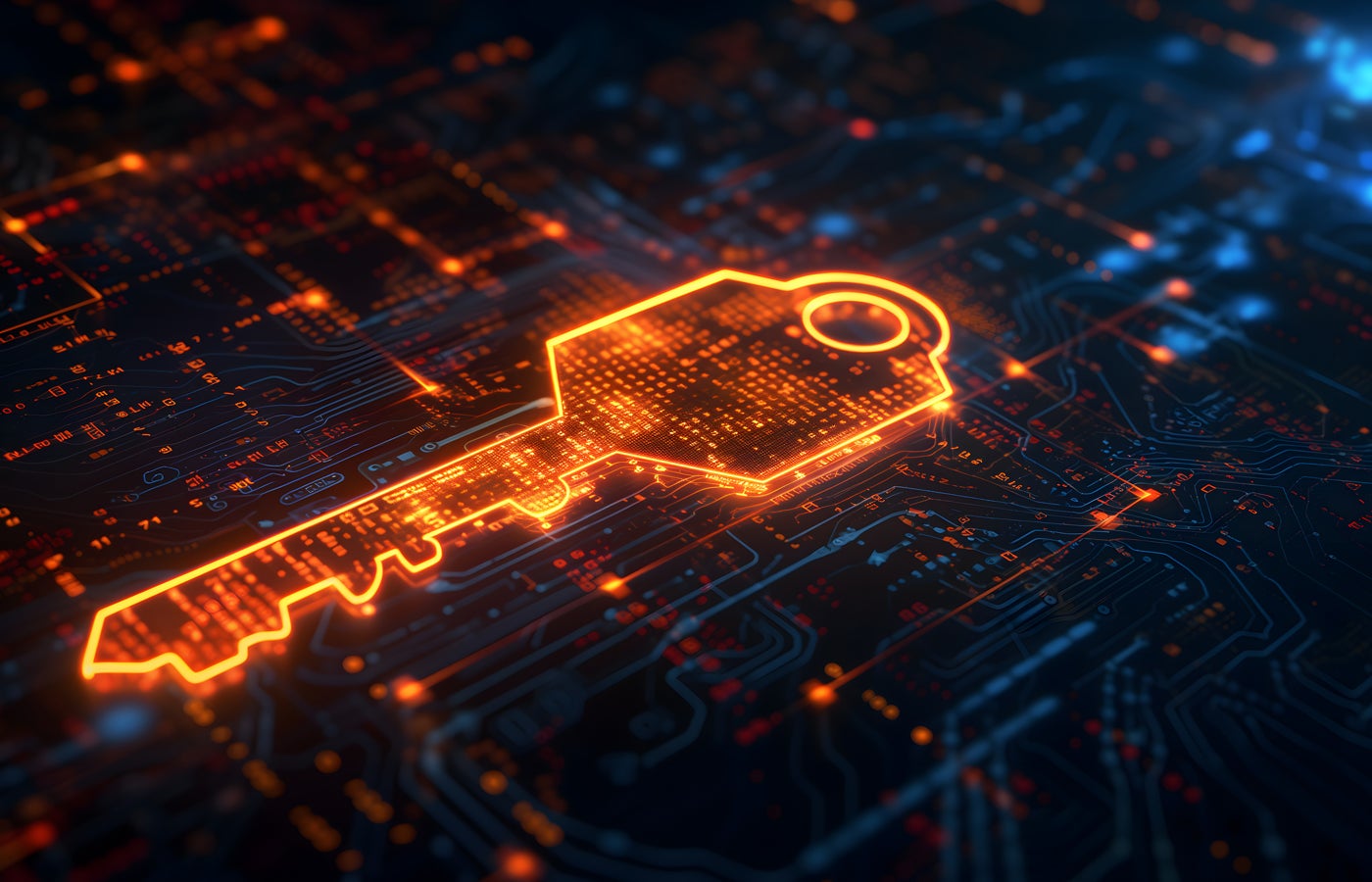Digital enhanced wireless telecommunications (DECT) is a standard used to create wireless voice communication systems. The most common examples of DECT devices include cordless phones and wireless headsets, although the technology is also used in devices such as baby monitors and remote controls.
DECT communications are used in call centers, hospitals, workplaces and other workplaces where wired communication is not feasible. The reliability of DECT makes it a relevant player among competing wireless technologies such as Bluetooth.
Let's review how DECT works, its advantages, disadvantages and how it compares to using Bluetooth devices in a call center.
DECT and single frequency systems
A DECT system typically has two components: a base station and a handset or portable handset. Base stations can be connected to a PBX or VoIP phone system as you would other types of phones.
Base stations are fixed in one place and connected to the telephone network. The main function of the base station is to establish and maintain communication between the headset and the network. You can think of them as mini cellular towers that also function as a charging base. Meanwhile, the headset can be connected to a computer or desk phone via the base station.
Typically, a DECT headset needs to be paired with a base station before it can be used. During pairing, a secret authentication key is shared and stored on both devices. Only paired headsets can access the DECT network. Unauthorized devices will be blocked if they try to connect.
When a handset is in range, it picks up the signal that is continuously sent by the base station. This signal contains all the information the headset needs to connect and send data through the base station. Multiple headsets, up to five or six depending on the model, can be paired with a base station.
During an active call, the DECT headset converts analog voice signals into digital data and transmits them to the receiving unit via the base station. In the case of incoming data, the base station receives the digital data and converts it back to its original analog state before sending it to the headset.
DECT is designed specifically for voice communication and operates in its own frequency range, between 1.8 GHz and 1.9 GHz, so there is no interference from other wireless technologies such as Bluetooth and Wi-Fi.
DECT manages its available frequency with TDMA (Time Division Multiple Access). Several DECT devices can share the same frequency without overlapping because it is divided into time slots: each call uses a different channel.
DECT can cover a range of approximately 50 meters inside buildings and up to 300 meters in open spaces. Like other wireless technologies, its coverage area may be affected by thick walls and certain weather conditions.
Advantages of DECT in call center
DECT may not be as popular as Wi-Fi and Bluetooth, but it still offers some potentially useful benefits in a call center.
No interference with Wi-Fi
As I mentioned, DECT works in a specific frequency range, 1.8 GHz to 1.9 GHz, which is separate from the Wi-Fi range of 2.4 GHz and 5 GHz.
This separation is beneficial in a call center because it makes DECT less susceptible to interference that can cause voice distortion and dropped calls. The only possible sources of interference for a DECT headset are other DECT headsets, and there would have to be many of them in the same space before this can happen.
If there were only Wi-Fi headsets in a call center, there would be a lot of interference from the headset itself, as well as other devices that share the same frequency such as Bluetooth, Internet routers, wireless mice, and even microwave ovens on the break. room. Interference can cause call agents to hear conversations from other agents, choppy audio, and dropped calls.
Secure communication
Calls must be protected against eavesdropping. DECT provides highly secure voice communication using authentication and encryption to minimize the risk of unauthorized access during calls.
DECT uses the DECT Standard Authentication Algorithm (DSAA) which is only accessible by DECT manufacturers. DECT authentication begins when the base station sends a random “challenge” number to the handset. The headset uses the algorithm to generate a response calculated with the initial pairing authentication key and challenge number.
The base station uses the same algorithm to generate its response. It then compares both responses to see if they match and if so, the call will be allowed to be made. Meanwhile, any intruder looking for a way into the system needs physical access to both devices because the authentication key is not transferred over the air.
The second layer of DECT security is encryption, for which it uses the DECT standard encryption (DSC). With it, voice data is encrypted before being transmitted to a receiver using an encryption key that is calculated during authentication. The receiver can decrypt the data using the same key. Again, the encryption key is not transmitted with the data, but is stored on the devices.
Greater wireless coverage
DECT devices can operate up to 150 feet from a base station indoors, and more than twice that when used outdoors.
Class 2 Bluetooth devices are limited to a range of approximately 30 feet. The vast majority of Bluetooth devices are Class 2, such as the VoIP headsets commonly used in call centers.
Call quality
The basic expectation with DECT is that calls will be as clear and crisp as they would be over traditional copper wire telephone lines. With Bluetooth, expectations for call quality are lower because the connection is not as stable as DECT.
If you invested in very high quality Bluetooth equipment, you could get call quality pretty close to DECT. Some people may not even notice the difference. But there's always a chance for interference with a Bluetooth connection, and if you have a group of call center agents in the same room, all using Bluetooth, the chances of interference increase.
Limitations of DECT in call center
DECT provides a call center with high-quality, secure voice transmissions, but there are some important drawbacks to be aware of.
More equipment to buy and maintain
DECT is a plug-and-play option that works great for small offices, retail businesses, workplaces, and other workplaces where you'll never need more than a handful of phones.
A large call center requires much more equipment, which entails significant costs. The costs of each piece depend on the brand and features they offer. DECT headsets, for example, can cost between $120 and $400 per unit, and base stations can cost up to $1,000 per unit.
When you opt for call center software, you actually only have to purchase headsets. The good ones aren't cheap, but you don't have to think about base stations, extra batteries and chargers for DECT phones.
Call centers also need to dedicate additional resources when maintaining a large DECT network, which can be complex. First, you'll need to find the right locations for your base stations to get the best coverage. There also needs to be seamless handovers as agents move within the call center to avoid missed calls. This involves extensive network planning and mapping that you may not need with other options.
For example, Bluetooth softphones often offer a simpler and more cost-effective alternative. They require less equipment as call agents can use their Bluetooth headsets with softphone applications on their existing computers and mobile phones. Plus, due to familiarity, Bluetooth tends to be easier to integrate with existing equipment anyway.
Limited mobility
DECT provides wide wireless coverage, but requires all handsets to remain within the coverage range of a base station, meaning call agents are confined to the call center building. Additionally, a DECT headset cannot be paired with multiple devices, making it less ideal for call agents working remotely.
Other wireless technologies like Wi-Fi and Bluetooth offer more flexibility for call agents who prefer to be mobile or work remotely. Wi-Fi devices can work anywhere an Internet connection is available. Bluetooth devices can be connected to mobile phones, cars, computers, etc.
DECT devices are also limited depending on the type of data transmitted. It is for voice communication and does not support other forms of media, at least for now.
DECT vs Bluetooth in a call center
Bluetooth is a simpler and more convenient alternative to DECT. Both have their pros and cons, but ultimately the decision to use either in a call center depends on your needs and priorities.
DECT is designed specifically for voice communication, while Bluetooth can work with other forms of media. It provides more wireless range in a building, up to 50 meters, while Bluetooth covers between 10 and 30 meters. Additionally, Bluetooth shares its frequency band with several other wireless technologies and devices that can shorten its range significantly.
While DECT allows you to have many headsets in the same space and still maintain high-quality audio, Bluetooth is more susceptible to interference, which can lead to poor audio and dropped calls.
Bluetooth offers more mobility as call agents can pair their headsets with their computers and mobile phones. DECT headsets must remain within range of a base station, which is the only device they can be paired with. Some of these headsets can be connected to mobile phones, but it must be through the base station.
Expanding a DECT system can be more expensive than expanding a Bluetooth system due to all the additional equipment required. On the other hand, Bluetooth technology does not provide any additional security.
Finally, DECT headsets consume less power than Bluetooth devices, which means more talk time. Its isolated frequency also means it can provide higher quality audio than Bluetooth headphones. Costs aside, DECT may be a better option for busy, non-remote work environments such as call centers.












